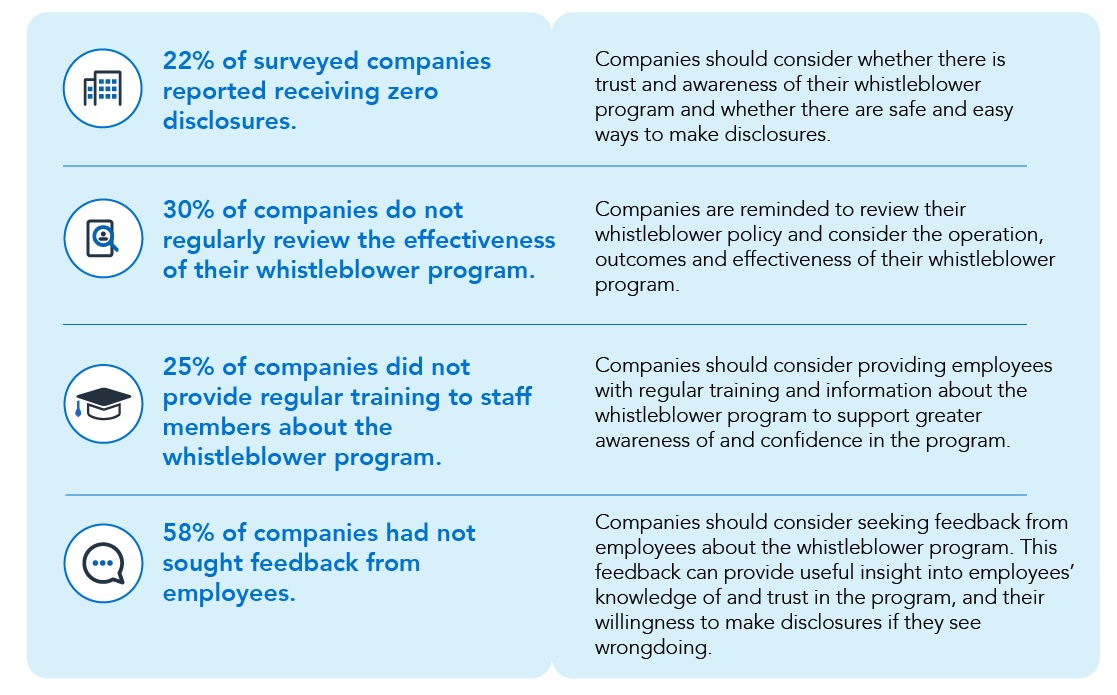Employee Burnout Statistics
2025 employee burnout statistics show rising stress and exhaustion in Australia.

There Is A Growing Focus On Employee Burnout
Burnout is a state of physical, emotional, and mental exhaustion caused by prolonged and excessive stress. It occurs when individuals feel overwhelmed, emotionally drained, and unable to meet constant demands.
As stress continues, individuals begin to lose the interest and motivation that led them to take on a certain role in the first place. Burnout reduces productivity and saps energy, leaving individuals feeling increasingly helpless, hopeless, cynical, and resentful. Eventually, they may feel like they have nothing more to give.
Causes of Burnout
Burnout is typically driven by a mix of factors, including excessive workloads and long hours that lead to exhaustion, and a lack of control over work processes, which fosters feelings of helplessness. Insufficient recognition or rewards can make efforts seem unrewarding, diminishing motivation.
Impacts of Burnout On Businesses
Burnout has significant implications not only for the affected employees but also for organizations. It can lead to higher absenteeism, lower productivity, increased turnover, and a decline in overall workplace morale. For individuals, burnout can result in severe mental and physical health issues, including depression, anxiety, and cardiovascular problems.
Workplace Stress and Burnout Statistics
Exhaustion Among Prime-Aged Workers
The findings from survey research highlight some alarming observations for prime-aged Australian workers. In the research it was found that 1-in-2 workers aged between 18 to 54 feel exhausted at work [1].
Stress in Professional Lives
A significant 80% of workers encounter stress in their professional lives, and almost half of them, approximately 50%, seek assistance to manage this stress [2].
Negative Impacts of Work-Related Stress
Approximately 60% of employees felt negative impacts from work-related stress, including reduced interest, motivation, and energy (26%), lower work effort (19%), cognitive weariness (36%), emotional exhaustion (32%), and a significant 38% increase in physical fatigue, affecting 44% since 2019 [3].
How Burnout Affects Employee Engagement and Turnover
Burned-out employees are 63% more likely to take a sick day and 2.6 times as likely to be actively seeking a different job. Employees who often experience burnout are 2.6 times more likely to be actively looking for a new job [4].
Burnout in Australian Workers
An alarming 61% of Australian workers reported experiencing burnout, compared to the global average of 48%. Burnout is now attributed to 40% of employee resignations. The economic impact of this can be significant, with burnout and stress-related absenteeism costing the Australian economy an estimated $14 billion annually [5].
Burnout as a Reason for Quitting
40% of employees identified burnout as a primary reason for quitting. Notably, 28% of respondents were so dissatisfied that they resigned without securing a new job [6].
Stress-Related Absenteeism
80% of employees reported occasional work-related stress, and 60% of absenteeism was linked to stress in some manner [7].
How Workplaces Manage Burnout
36% of employees said their organization isn’t doing anything to help with employee burnout [8].
21% of workers say they were able to have open, productive conversations with HR about solutions to their burnout. 56% went so far as to say that their HR departments did not encourage conversations about burnout. [8]
56% of workers listed having flexibility in their workday as the top way their workplace could better support them. Encouraging time off and offering mental health days were tied for second and third at 43%. And 28% felt that increased PTO and better health insurance were the next best ways to provide support [9].
Employer Efforts to Prevent Burnout70% of professionals believe their employers are not doing enough to prevent or mitigate burnout [10].
Burnout Among Managers
Managers are just as likely, if not slightly more so, to suffer frequent or constant burnout than individual contributors (26% of managers vs. 24% of individual contributors) [11].
Remote Workers and Burnout
Sixty-one percent of remote workers and 53% of on-site workers now find it more difficult to “unplug” from work during off-hours [12].
86% of employees who work from home full-time experience burnout. [13].
67% of remote workers report feeling pressured to be available all the time. [13]
41% of workers who do a high amount of remote work say they feel high levels of stress “always” or “most of the time” [13].
Helping Employees Avoid Burnout
Helping employess prevent from burning out at work can be a challenging task, but nevertheless criticla in ensuring worker wellbeing. If you think your employees are at risk of burning out, there's a number of strategies to take.
Talk to us today about how Foremind can help improve your team's wellbeing.
References
- https://static1.squarespace.com/static/633114f1cc72f51e29fbef8a/t/6413d9f5862abf22f9b6eb1f/1679210018394/StateoftheFutureofWork_2023.pdf
- https://www.stress.org/workplace-stress/
- https://www.mhfa.com.au/navigating-burnout/
- https://www.gallup.com/workplace/237059/employee-burnout-part-main-causes.aspx
- https://www.mhfa.com.au/navigating-burnout/
- https://www.webmdhealthservices.com/resources/whitepapers/
- https://www.eaglehillconsulting.com/wp-content/uploads/EHC-COVID-19-and-Employee-Burnout-Webinar.pdf
- https://www.flexjobs.com/blog/post/flexjobs-mha-mental-health-workplace-pandemic/
- https://www.flexjobs.com/blog/post/flexjobs-mha-mental-health-workplace-pandemic/
- https://www2.deloitte.com/us/en/pages/about-deloitte/articles/burnout-survey.html
- https://www.gallup.com/workplace/237119/employee-burnout-part-2-managers.aspx
- https://www.indeed.com/lead/preventing-employee-burnout-report
- https://www.zippia.com/advice/remote-work-burnout-statistics/

Hello 👋 I’m Joel the founder of Foremind.
Are you ready for simplified support & compliance?
Latest insights
Answers to the frequently asked questions.
Still have questions?
Email us at enquiries@foremind.com.au and we'll get back to you quickly with a response
Yes, we have culturally competent counsellors available, including those able to work with first nation and CALD employees.
Onshore on secure AWS Servers in Sydney Australia. All data is encrypted in transit and at rest and our entire team is located in Australia.
Employees can access our platform on any device (mobile, laptop, desktop, etc.) as long you have the website link - no need to download any app on devices. You wouldn’t need to enrol any of your staff individually.- When we do our onboarding, we ask for the first name, last name and email of all your employees, and send out an email invite to all them which will allow them to create their own individual account to access the platform. For new staff we can also invite them or provide you with a unique link to embed in your onboarding process, whichever is more convenient for you. We also kick things off with a launch webinar or video to make sure everyone is aware of Foremind and how to use it. We’ll also provide you with any collateral such as posters, QR codes, brochures etc. to help drive awareness and encourage people to create an account in the platform.
The support line is answered by our reception service 24/7. It is for urgent platform or session-related issues only (e.g. *“My counsellor didn’t show”*) or helping staff create an account.






